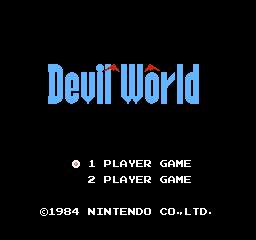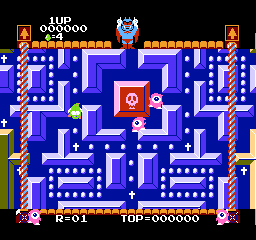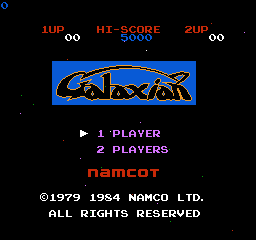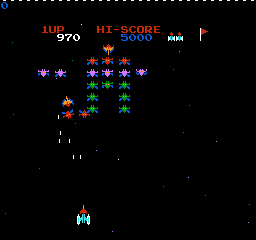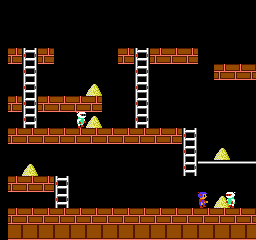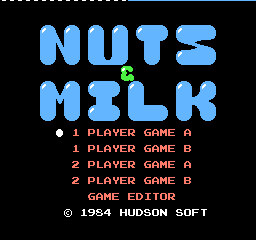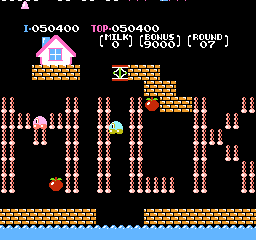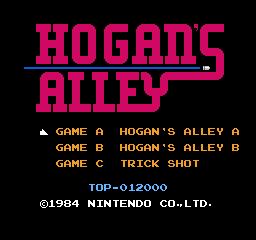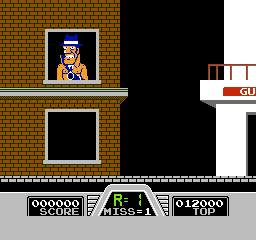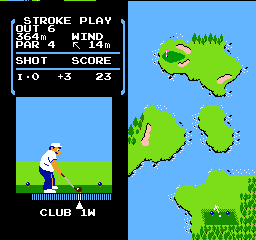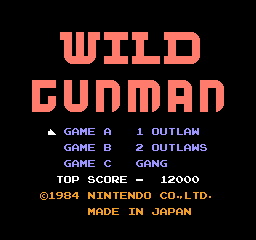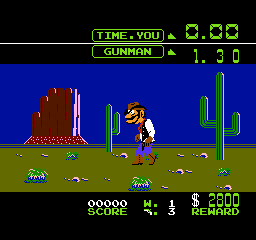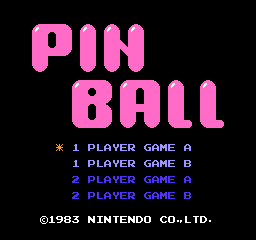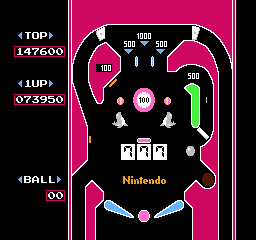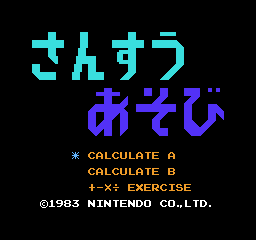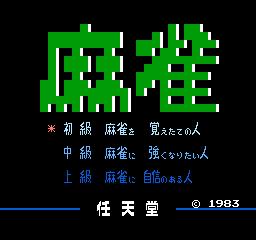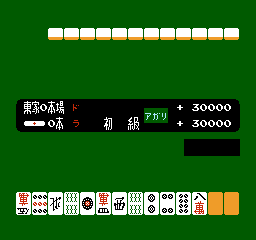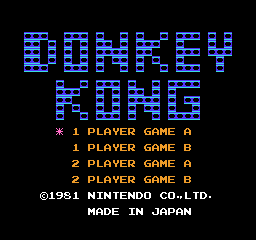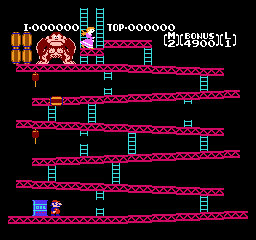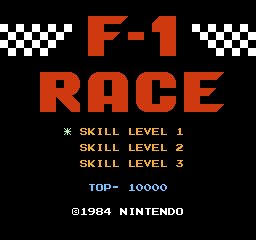
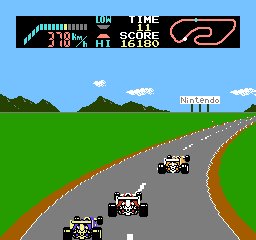
F-1 Race is Nintendo's answer to Pole Position. The gameplay is very similar, with two gears for your racer, a similar perspective, and no rankings in the race, just an infinite field of cars to crash on.
F-1 Race does improve in a few ways on the old classic however. There are many tracks to choose from (different ones for each skill level!) with their own challenges. The racing action is smooth, and the opponents are as devious as opponents who are always slower than you and restricted to two lanes can be.
One very nice touch is the way that each race changes the time of day. When you first turn on the game, it will be broad daylight, but as you progress through various races, the time changes and it gets darker. Sure it's just a palette swap, but it's a
nice palette swap.
Speaking of time passing in racing games - let's talk about Enduro for the 2600 for a moment. Enduro was a very ambitious game with two things that set it apart when it came out, and for quite some time afterwards. First of all, Enduro had the time change while you raced. As you drove down the road, it would become dark, then light again. The other innovation was in control. Pressing the sole button on the joystick would cause your car to accelerate. Pulling down on the joystick applied the brakes. The genius part - letting go of the button caused your car to maintain its speed. This gave the ability to have partial acceleration with very simple controls. How many other early driving games have I played with this style of control? None. This is such an elegant way to allow the player to set their speed, and not have to fight with tapping the button to keep a speed around a corner. (If any readers know of other games with this control scheme - please let me know)
Overall, this is a solid racer, with the same control quirk that troubled practically every driving game of this era. The graphical touches are nice though, and the courses are varied and challenging. Recommended.

 F-1 Race is Nintendo's answer to Pole Position. The gameplay is very similar, with two gears for your racer, a similar perspective, and no rankings in the race, just an infinite field of cars to crash on.
F-1 Race does improve in a few ways on the old classic however. There are many tracks to choose from (different ones for each skill level!) with their own challenges. The racing action is smooth, and the opponents are as devious as opponents who are always slower than you and restricted to two lanes can be.
One very nice touch is the way that each race changes the time of day. When you first turn on the game, it will be broad daylight, but as you progress through various races, the time changes and it gets darker. Sure it's just a palette swap, but it's a nice palette swap.
Speaking of time passing in racing games - let's talk about Enduro for the 2600 for a moment. Enduro was a very ambitious game with two things that set it apart when it came out, and for quite some time afterwards. First of all, Enduro had the time change while you raced. As you drove down the road, it would become dark, then light again. The other innovation was in control. Pressing the sole button on the joystick would cause your car to accelerate. Pulling down on the joystick applied the brakes. The genius part - letting go of the button caused your car to maintain its speed. This gave the ability to have partial acceleration with very simple controls. How many other early driving games have I played with this style of control? None. This is such an elegant way to allow the player to set their speed, and not have to fight with tapping the button to keep a speed around a corner. (If any readers know of other games with this control scheme - please let me know)
Overall, this is a solid racer, with the same control quirk that troubled practically every driving game of this era. The graphical touches are nice though, and the courses are varied and challenging. Recommended.
F-1 Race is Nintendo's answer to Pole Position. The gameplay is very similar, with two gears for your racer, a similar perspective, and no rankings in the race, just an infinite field of cars to crash on.
F-1 Race does improve in a few ways on the old classic however. There are many tracks to choose from (different ones for each skill level!) with their own challenges. The racing action is smooth, and the opponents are as devious as opponents who are always slower than you and restricted to two lanes can be.
One very nice touch is the way that each race changes the time of day. When you first turn on the game, it will be broad daylight, but as you progress through various races, the time changes and it gets darker. Sure it's just a palette swap, but it's a nice palette swap.
Speaking of time passing in racing games - let's talk about Enduro for the 2600 for a moment. Enduro was a very ambitious game with two things that set it apart when it came out, and for quite some time afterwards. First of all, Enduro had the time change while you raced. As you drove down the road, it would become dark, then light again. The other innovation was in control. Pressing the sole button on the joystick would cause your car to accelerate. Pulling down on the joystick applied the brakes. The genius part - letting go of the button caused your car to maintain its speed. This gave the ability to have partial acceleration with very simple controls. How many other early driving games have I played with this style of control? None. This is such an elegant way to allow the player to set their speed, and not have to fight with tapping the button to keep a speed around a corner. (If any readers know of other games with this control scheme - please let me know)
Overall, this is a solid racer, with the same control quirk that troubled practically every driving game of this era. The graphical touches are nice though, and the courses are varied and challenging. Recommended.


